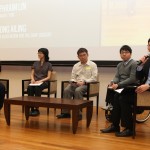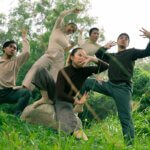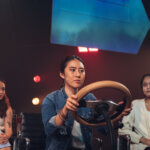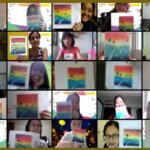by Justina Quek, SMU School of Social Sciences
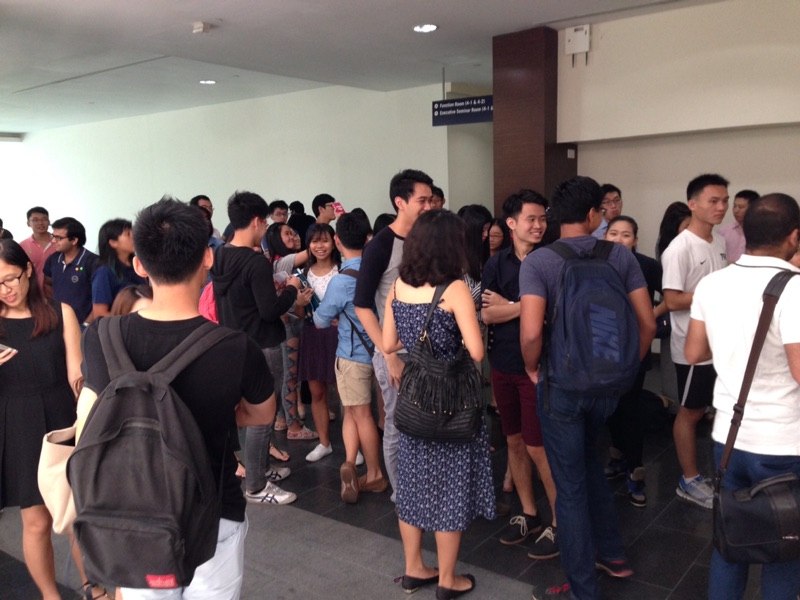
On 30 September, 70 participants spent two hours in a pitch-black room. In the shroud of darkness, they ate their mysterious bento sets while talking to strangers, and designed their own name tents. Most students came not knowing what to expect, and, unless you have eaten an entire meal with your eyes closed, you wouldn’t have been able to foresee what was about to come. But let me try to recreate the experience for you, through the eyes—or rather, senses—of a participant.
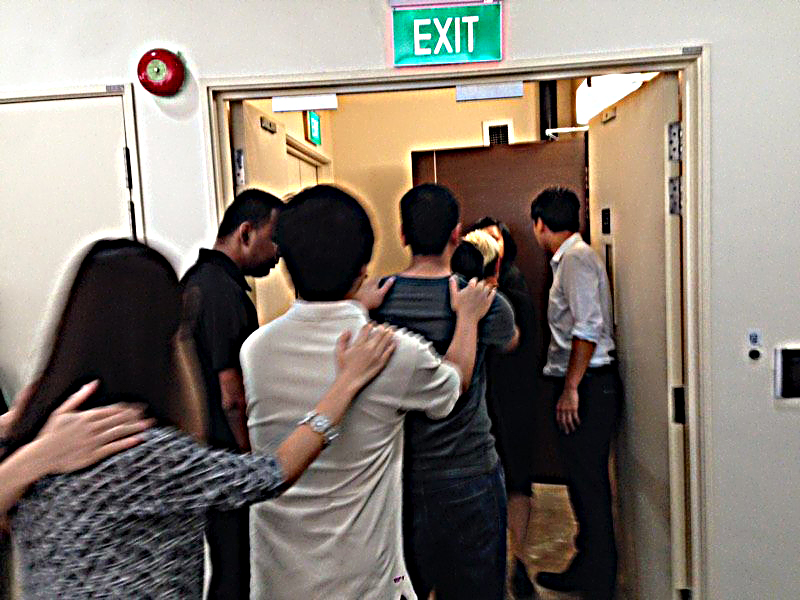
A visually impaired guide leads you into the room. Once through the door, the sense you rely on most is instantly taken away from you. You cannot see even your fingers, and have to rely on feeling the surroundings around you. Next, you are led to your designated seat by holding on to the person in front of you. At this point, one is fraught with many uncertainties—your friends are seated at the same table, but you cannot be sure how far away they are. You’re seated beside a stranger now and you’re not sure what the person looks like. You use your hands to feel around and wonder if the table is round or flat edged. You don’t know what is in front of you and what caused the sound that was just made. While you were busy trying to make a sense of your surroundings, the visually impaired volunteer had quietly and effortlessly brought you your food. “This,” you think to yourself, “is what they see everyday.”
As you hear more people settling into their seats, your eyes begin to adjust to the darkness. You still cannot see, but it starts to bother you less. You are next asked to feel for your utensils and to open your bento set. Seems easy at first—until you realise that you now can’t pick out the food items that you dislike without first having to put them into your mouth.
The process of feeding yourself has now become a juggling act of figuring out where to place your utensils and anticipating what you are about to eat next—it really messes with your senses. After getting over the initial difficulty in coordination, you start to get the hang of things. The same process is repeated thrice—for the appetiser, main course, and dessert.
Besides dining in the dark, participants were also led through another activity to make their own name tents. The visually impaired facilitators took time to share their stories and experiences in-between, and being in their shoes heightens the connection between the students and them. They, like us, experience struggles, fears, hopes and joys everyday. Imagine how dining in the dark is just one meal experience for you, but it is a daily occurrence for the visually impaired. Sure, over time they would have perfected the routine and the association of aroma and taste to the various types of food. But it is indeed more daunting and challenging to live life without sight, as the experience attests.
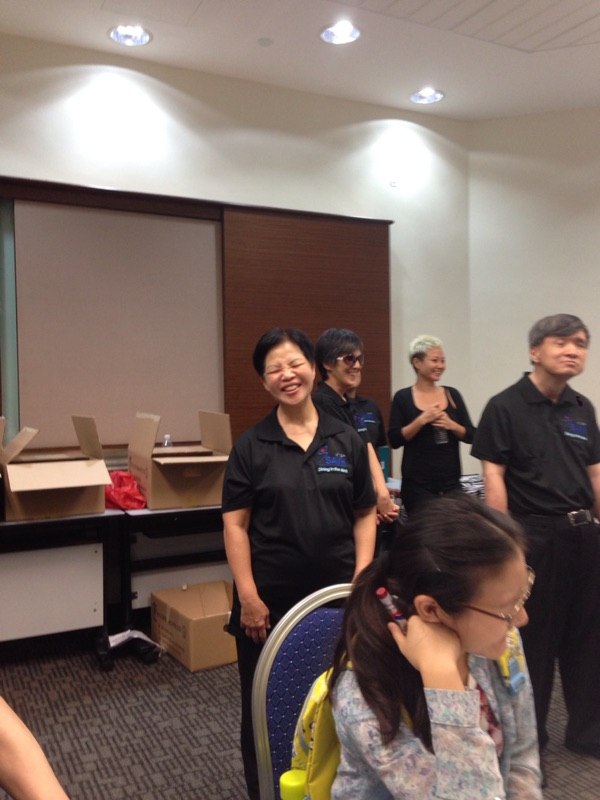
After two hour of activities, the light comes on. Your eyes have to adjust again. It burns at first, but soon, you smile, immensely thankful for the ability to see.
I personally learnt a lot from this event. Instead of only exercising pity for the visually impaired, I’ve now gained a greater understanding of what their life entails. Not entirely, of course, but enough for me to know how life can be uncomfortable and cumbersome for them. In fact, there’s a newfound respect I have for them—for being able to overcome their disability and contribute to society in bigger ways than we can imagine. Some of them are trained telemarketers, masseurs, and are able to offer services such as packing or printing at the Bizlink Centre Singapore. SMU D&I’s message was clear: Disability does not mean incapability. There is so much they can give and there is much more we can do to accommodate them.
I am looking forward to more of such experiential activities that open up a whole new world to us and I hope to see you at one of these events soon! Click here to find out more about SMU Diversity & Inclusion and their other initiatives.





